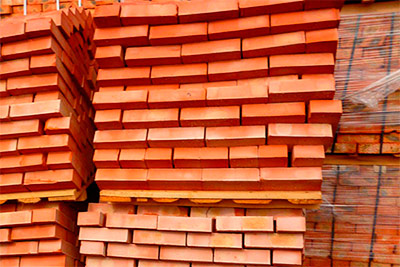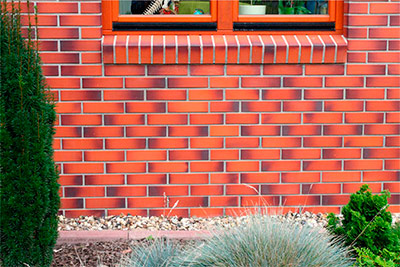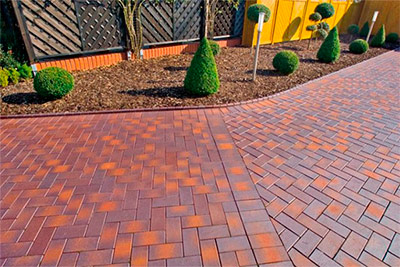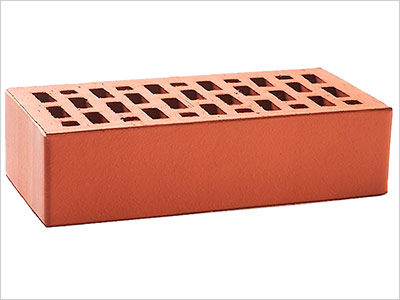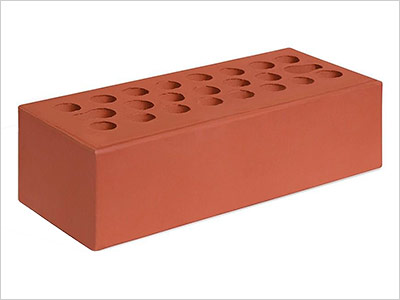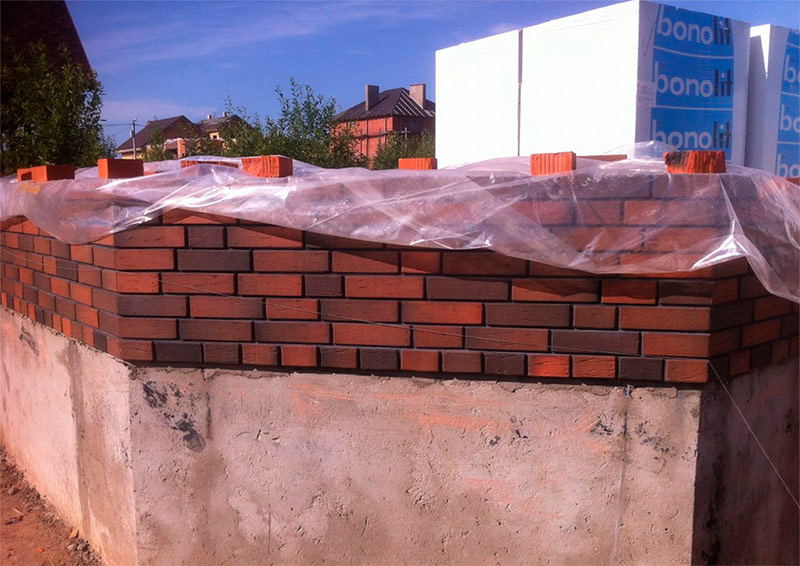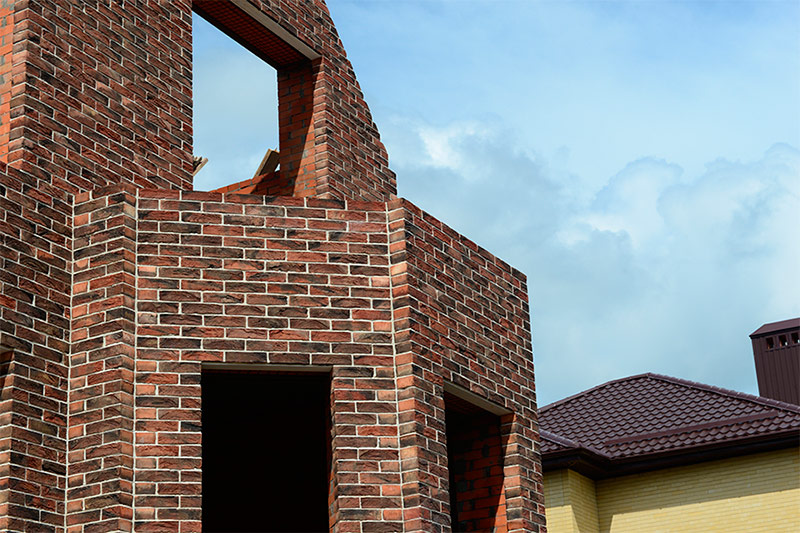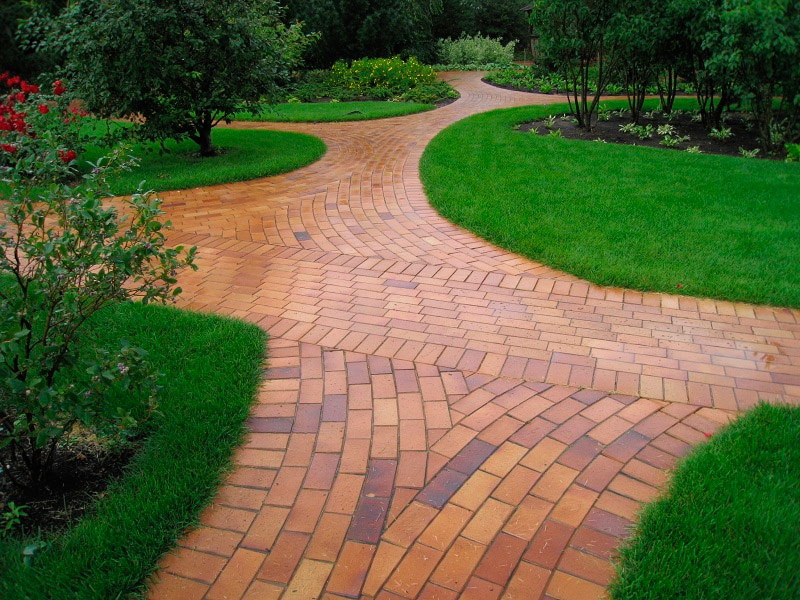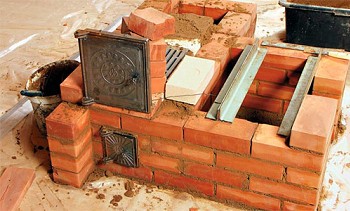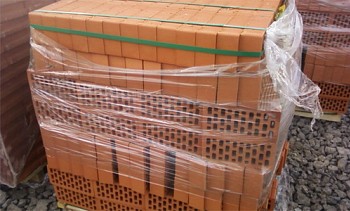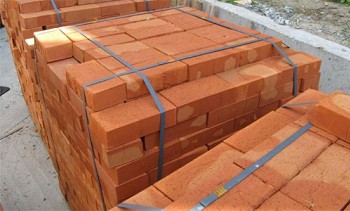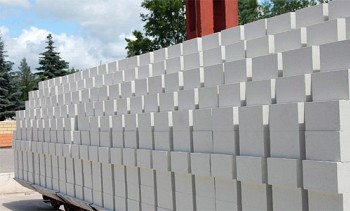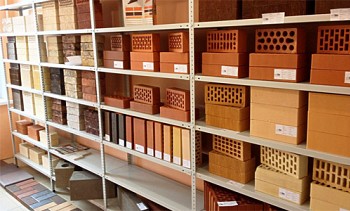Clinker brick - characteristics, varieties, sizes and applications
Clinker brick, what is it, what are its main characteristics and purpose - the topic of this article. Individual building elements experience high static loads and are constructed from materials with appropriate characteristics. In the construction of such structures, clinker brick, which has unique physicochemical properties, is widely used. The production of such bricks was first established in the 19th century in Holland, which experienced a shortage of natural stone.
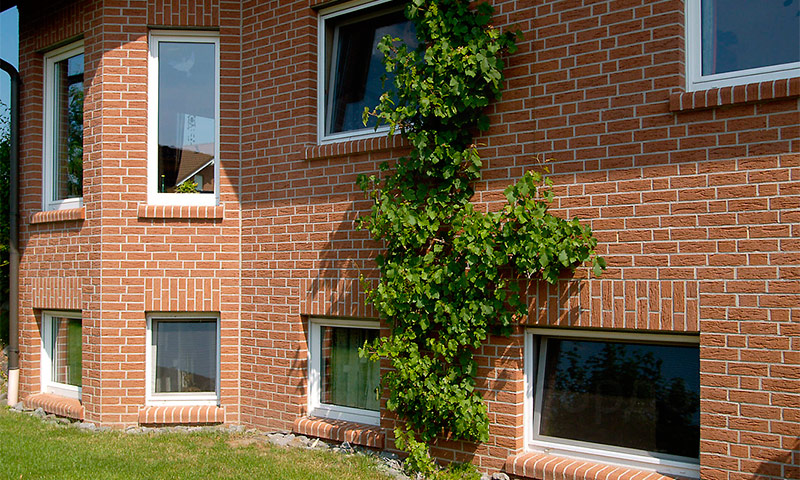
Content:
What is clinker brick and what are its differences from other types
In accordance with GOST 530-2012, the product is described as durable and with exclusively low moisture absorption, which provides it with excellent performance and decorative properties. The material can be used in an aggressive environment and for finishing work and cladding of buildings.
The product has the shape of a regular box with the dimensions specified by the current standard. The outer surface of the brick clinker has a slightly rough texture, the color of which ranges from light yellow to dark brown. In total there are about a hundred shades, the formation of which is achieved by introducing special additives into the composition of the raw materials.
Clinker brick is significantly different from ordinary ceramic in the following ways:
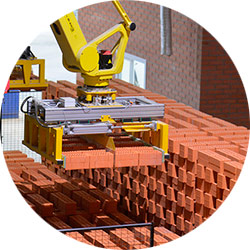
Recipe and manufacturing technology.
The main raw material for it is a special type of clay, which is called skinny, mineral additives of igneous rocks are used as a mixture. This composition provides the formation of a significant amount of glass phase during the firing process at a temperature of 1300 ° C. For comparison, a conventional brick is formed at 800 - 1000 ° C.
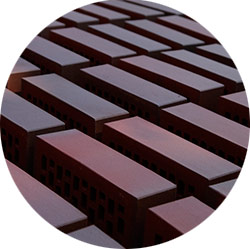
High level of durability.
According to this indicator, clinker products occupy a leading position among ceramic blocks and tiles. The material has excellent abrasion resistance, in this parameter it is many times higher than the parameters of high-quality concrete.
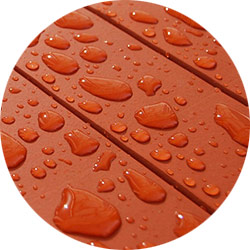
Low moisture absorption.
The firing regime and conditions make it possible to achieve extremely low hygroscopicity; for comparison, a brick placed in water can absorb from 15 to 25% of clinker more than 6-8%. Products with glazed surfaces do not absorb moisture at all, which, in addition, positively affects its frost resistance.
During the laying of clinker bricks, masons use modified cement-sand mixtures. Such solutions have a minimum setting time, which reduces the time standards in the process of erection of building structures. For decorative purposes, the seams between the blocks are embroidered and wiped with cement compounds with the addition of coloring pigment. This increases the complexity of the process, but also significantly improve the appearance of the masonry.
Types of clinker bricks
Building materials of this type are classified according to their intended purpose. The following types of clinker bricks are offered to the consumer:
Building
Ordinary or single products are used for the construction of supporting building structures experiencing high loads. These include such power elements as columns, staircases, poles, foundations and socles. The named building structures are distinguished by mechanical strength, resistance to external influences and durability.
Facing
Facing or facade clinker brick is characterized by excellent decorative properties and a wide selection of colors.The surfaces of the product are additionally glazed, which allows to achieve maximum resistance to atmospheric phenomena and sunlight. Facing materials, in addition to ordinary rectangular products, can also be shaped.
Sidewalk
Clinker paving bricks are used for paving bridge, pedestrian and garden paths, as well as park alleys. The material has significant resistance to abrasion and mechanical shock. This makes landscape design elements extremely durable and able to maintain their appearance.
Clinker Brick Specifications
The production of this building material is carried out in accordance with the requirements of GOST 530-2007 and 7484-78. Technical characteristics of clinker bricks are determined by its physicochemical properties and internal structure. The product has a high density and extremely low porosity, which provides it with low water absorption and excellent frost resistance.
The main technical characteristics of clinker brick are presented in the table:
| Parameter Name | Units rev. | Types of clinker bricks | ||
|---|---|---|---|---|
| private | front | sidewalk | ||
| Density | kg / m3 | 1900 | 2000 | 2100 |
| Thermal conductivity | W / m ° C | 1,16 | 1,17 | 1,15 |
| Moisture absorption | % | 4 - 6 | 3 - 5 | ≤ 6 |
| Frost resistance | Cycles | F100 | F200 | F300 |
| Vapor permeability | mg / (m • h • Pa) | 0.05 | 0,07 | 0,03 |
| Acid resistance | % | 95 | 95 | 95 |
Clinker brick density
High technical parameters of this building material are provided by its composition and structure. Clinker brick density ranges from 1900 to 2100 kg / m3, and such indicators are achieved due to sintering of mineral raw materials during the firing process. This allows to minimize the porosity of products, which, in turn, prevents the penetration of moisture inside.
High density clinker brick is the result of preliminary compression of raw materials at the stage of its formation. In some cases, presses develop a force of up to 5,000 kg / cm2, which increases a block parameter such as compressive strength. This building material, used for the construction of foundations and socles of buildings, experiences great pressure from walls and other structures without destruction.
Hollowness
In order to reduce the overall load on the foundations, unloaded building elements are lightened as much as possible. Facing or facade clinker brick in most cases is made hollow. For this purpose, through holes or recesses of various shapes are made in the body of the product: they can be rectangular, cylindrical or conical. The voids in the brick brick are formed at the pressing stage using special forms.
The hollow product is characterized by a special parameter - coefficient and is defined as the ratio of total volume to real. For certain types of facade clinker bricks, this indicator can reach 35 - 40%. In addition to purely decorative functions, such a cladding is also a good heat-insulating layer, which provides reduction of energy losses through the walls.
Thermal conductivity
The operational characteristics of building materials are closely related. The coefficient of thermal conductivity of clinker bricks is of the highest value among analogues. This indicator is in the range from 0.8 to 1.16 W / m ° C for comparison, the solid block is 0.5 - 0.7 W / m ° C, and the porous block is 0.22 W / m ° C, warm ceramics and at all - 0.11 W / m ° C.
The high thermal conductivity of clinker bricks is determined primarily by its density. This value was only slightly reduced only in hollow samples used for cladding buildings. Supporting structures: foundations and socles, built from this type of brick, need additional insulation. This will greatly reduce losses through building envelopes.
Moisture absorption
This parameter characterizes the ability of clinker bricks to absorb a certain amount of water. The dense internal structure of the material complicates the processes of moisture absorption.Low porosity of the product is achieved in the process of pressing and firing at high temperature, which leads to sintering of individual particles. The result is a mass with a small number of voids.
Clinker brick characteristics of moisture absorption, which are at a low level, can be used for the construction of critical structures. Including those that are used in aggressive environments with high humidity. Products with glazed surfaces do not absorb water at all, which ensures their durability. This building material is not prone to efflorescence.
Frost resistance
Clinker brick is able to effectively withstand fluctuations in air temperature up to extreme values. The material is characterized by excellent frost resistance, in accordance with the standard, the product can withstand at least 75 cooling and heating cycles. This indicator is determined by the high density and low coefficient of moisture absorption.
This property of clinker brick is widely used in construction, the material is used in the construction of buildings in latitudes with a cold climate. Bricks used for paving paths and sidewalks have maximum frost resistance. The material is in constant contact with moisture-saturated soil, which has a certain effect on it. However, experts note the durability of these landscape elements.
Fire resistance
Clinker brick production technology provides for its firing at high temperatures. In the structure of the material there is a significant proportion of refractory components that provide excellent fire resistance. Tests show that the product can withstand temperatures of at least 1800 ° C. Structures made of this material remain stable under the influence of fire without deformation and destruction.
Soundproofing properties
The high density of clinker brick determines the low ability to attenuate acoustic vibrations in it. Accordingly, the soundproofing properties of this material are quite mediocre. Actually, the name of the product translated from German means “voiced”, it is precisely such sounds that occur when striking it. Building envelopes made of this material need additional sound insulation.
Vapor permeability
The internal structure of clinker brick is characterized by extremely low porosity. This circumstance explains the low vapor permeability of products. This indicator has a numerical expression in the form of a corresponding coefficient, which for these products ranges from 0.03 to 0.07 mg / (m • h • Pa). The low vapor permeability of the facade brick finish ensures the safety of enclosing structures from moisture. An effective ventilation system is required in the interior of buildings made of this material.
Environmental friendliness
Clinker brick is made of natural minerals, and its production technology ensures the creation of a stable and dense structure. Products are highly environmentally friendly; during operation, they do not emit volatile chemical compounds harmful to humans. Raw materials and finished products undergo a mandatory test for radioactivity. Manufacturers strictly adhere to the requirements of the current standard in this matter.
Dimensions and geometric accuracy
Clinker brick is produced in accordance with the standards that determine all its main characteristics. Products are produced in three main standard sizes, which are designated by specialists as follows:
- single - size 250 × 120 × 65 mm designation 1 NF;
- one and a half - dimensions 250 × 120 × 88 mm marking 1.4 NF;
- double - dimensions 250 × 120 × 140 mm designation 2.1 NF.
There are other types of products: clinker bricks, the dimensions of which are 250 × 85 × 65 mm, called “Euro” and marked as 0.7 NF. In addition to the above, they also have a modular single block with a size of 288 × 138 × 65 mm, designated as 1.3 NF. Partial products are also produced, which are named in fractional parts: “three quarters”, “half” and “quarter”.
Clinker brick manufacturing accuracy is strictly regulated by the requirements of the standard. Permissible deviations in length should not exceed 4 mm, in width - 3 mm, in thickness - 2 mm. Products must be in the form of a regular parallelepiped with a maximum divergence of parallel faces of no more than 3 mm in maximum size. The greatest deviation from the plane on either side is 3 mm.
Purpose and scope of clinker brick
The construction of buildings from modern building materials allows you to implement the most complex projects. The main areas of use of clinker brick are as follows:
1. Ordinary products are used for the construction of loaded supporting structures: foundations, foundations, columns, steps, socles, and in some cases, bearing walls.
2. Facade or facing bricks are used to decorate walls and other structures outside and inside the building.
3. Sidewalk is intended for paving footpaths, alleys in parks and squares, viewing platforms.
Clinker brick is characterized by high strength and excellent performance. These circumstances ensure the durability of buildings and structures in the construction of which such materials are used.

